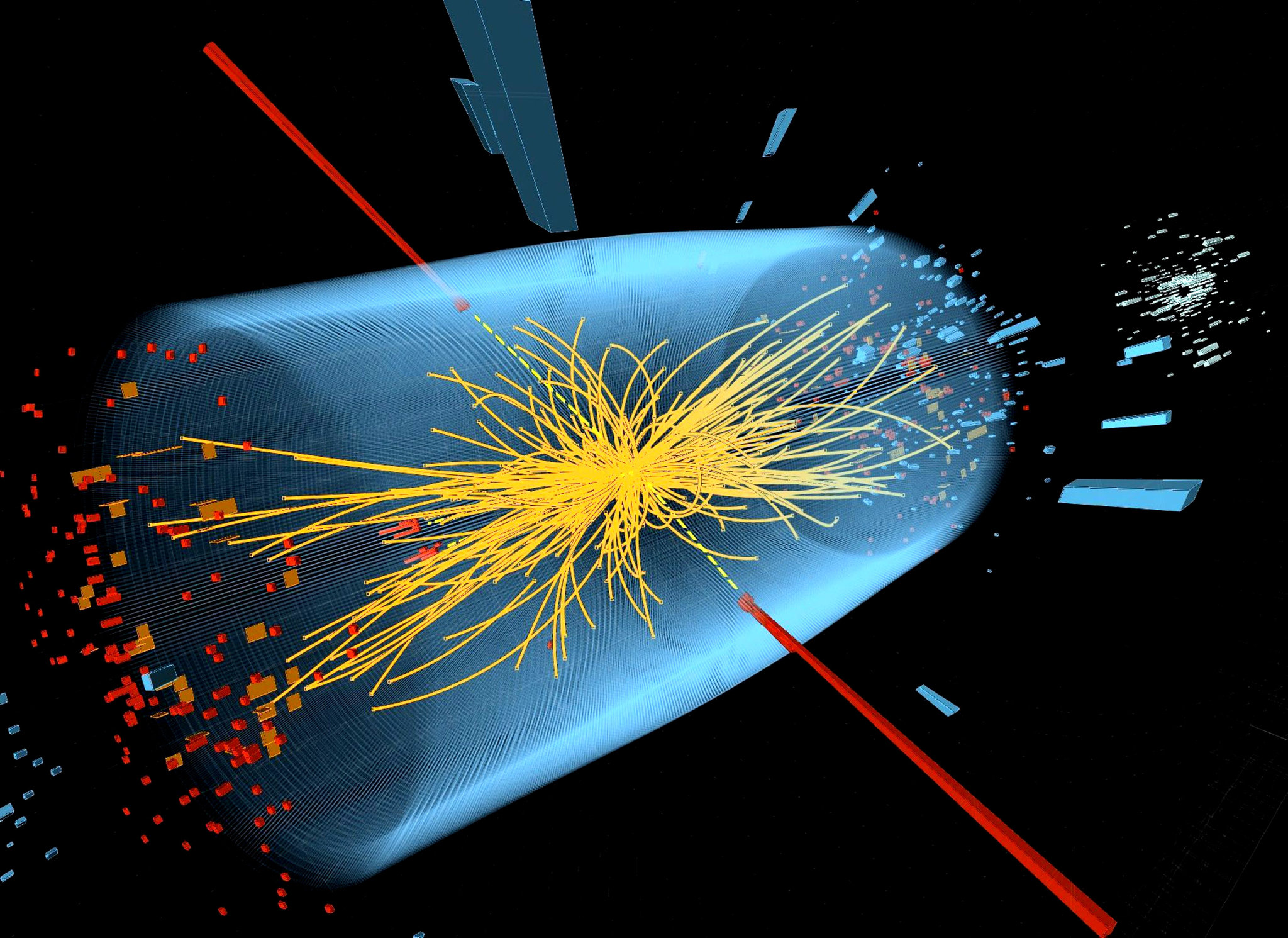The announcement by CERN regarding the discovery of a Higgs-like boson in July 2012 sent ripples through the scientific community and ignited fervent discussions among physicists and philosophers alike. The excitement was palpable as researchers scoured through reams of data, verifying that the particle exhibited characteristics analogous to the long-predicted Higgs boson envisioned in the Standard Model of particle physics. However, amidst the elation, a specter of doubt loomed large—was this particle truly the Higgs boson, or merely an imposter masquerading in its shadow?
To appreciate this pivotal discovery, we must first traverse the intricate web of theoretical physics that led to the Higgs boson’s prediction in the 1960s. The groundwork laid by Peter Higgs and his contemporaries posited the existence of an energy field permeating the cosmos—the Higgs field. Particles acquire mass through their interaction with this field; without it, they would remain massless, akin to photons, perpetually traveling at light speed. The Higgs boson’s role as the field’s excitations suggests an elegant solution to one of nature’s most enigmatic conundrums: the origin of mass.
When the LHC (Large Hadron Collider) at CERN reported its findings, revealing a particle with a mass of approximately 125 giga-electronvolts (GeV), a furore of validation ensued from multiple experiments—most notably ATLAS and CMS. Dimensional analyses of collision data indicated the semblance of the Higgs boson, with decay channels exemplifying expected signatures. Yet, a resounding question echoed through lecture halls and symposiums: Why the persistent skepticism?
One pivotal concern arises from the potential for such discoveries to unveil a more intricate tapestry of physical realities, pushing the boundaries of the Standard Model. The particle observed, while analogous, exhibited imperfections that raised eyebrows. The specific decay rates, the manner in which the boson interacts with other particles, and its coupling constants dared theorists to wonder—are we merely interfacing with a shadow of a more profound truth? Such hypotheses hint at the existence of multiple Higgs-like particles or exotic scenarios beyond the Standard Model framework, emphasizing the necessity for continued exploration.
A historically rooted observation emerges from the initial reception of new physics paradigms; groundbreaking findings often tread the fine line between acceptance and incredulity. The discovery of the electron or the muon stirred similar sentiments among contemporaneous physicists, who grappled with implications that defied established doctrines. Thus, the Higgs boson was not merely a culmination of decades of theoretical maturation but a time capsule, ensconcing an entire era’s paradigm shifts and the evolution of collective thought.
Another compelling aspect lies in the philosophical ramifications of discovering a fundamental particle that shapes the universe as we know it. The very concept of mass modifies our perception of reality. The Higgs boson serves as a tangible reminder of humanity’s quest to comprehend the cosmos and our place within it. The intersection of the microcosm and macrocosm tantalizes the mind—prompting considerations about the intersectionality of physics, metaphysics, and epistemology.
In realms of deeper inquiry, the implications of discovering a Higgs-like boson transcends the realm of particle physics, implicating cosmological phenomena and our understanding of dark matter and dark energy. As physicists grapple with the fabric of the universe, the nuances surrounding mass acquisition may shed light on the elusive components of the universe that remain shrouded in mystery. Could the Higgs-like boson provide critical insights to dark particles that interact through yet unknown forces?
Furthermore, as researchers persist in their quest to elucidate the properties and interactions of the newly discovered particle, experimental physicists are urged to hone their instrumentation and methodologies. Innovations in detection capabilities and analysis techniques are imperative to address the enigma of mass generation. Collaboration across national and institutional boundaries becomes essential; working together fosters a shared cacophony of scientific inquiry, promoting a cohesive understanding of the fundamental aspects of the universe.
Also worth mentioning is the historical context in which such a discovery unfolds. The narrative of physics has been replete with grandiosity, wherein theories emerge, ascend to prominence, only to be supplanted or revised. This cycle prompts a reflection on the nature of scientific progress itself, pushing the inquiry into the realms of confidence and caution. Theories are inherently fragile, subject to revision as new evidence emerges or as existing paradigms are re-evaluated. This reminds physicists that adherence to established norms must coalesce with curiosity.
The flamboyant spectacle of particle collision events draws a diverse array of spectators—from scientists to the general public, each with varying degrees of comprehension. The articulation of complex ideas in an accessible manner remains an unwavering challenge. As such, communication becomes vital; within the halls of academia and beyond, the rhetoric of sensationalism must be counteracted by clarity, quelling the tumult of misunderstandings and fostering a more nuanced dialogue.
As we reflect upon the discovery of the Higgs-like boson, it becomes evident that it serves not merely as a testament of achievement but a springboard for deeper questions about the nature of reality. The scientific community must remain vigilant, questioning and probing, perpetuating the cycle of inquiry that defines modern physics. Are we observing a mere shadow of the Higgs boson, or have we indeed glimpsed into a richer reality weaving through our understanding of the cosmos? Each new discovery invites us to rip open the fabric of reality, searching for threads of truth intertwined in the quantum dance of existence.












